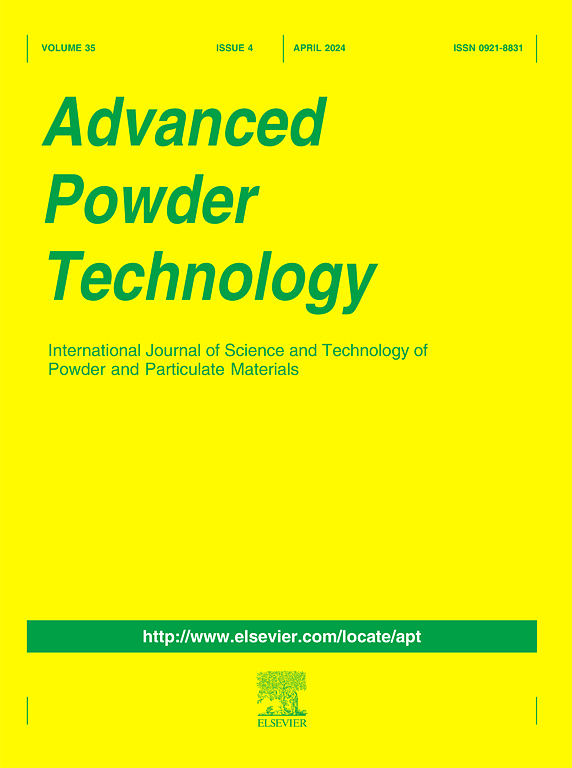A comprehensive study of flame retardancy of phosphorous functionalized graphene by microwave assistance for cotton fabric
IF 4.2
2区 工程技术
Q2 ENGINEERING, CHEMICAL
引用次数: 0
Abstract
The increased number of fire accidents cause risk to human life, economy, and environment. There is an urgent need to design and develop efficient flame retardants to reduce the fire risks. Cotton clothes have been utilized in all human life to make them more convenient. But despite its wide utilization, its quick ignition makes it vulnerable to accidents. The present article is based on the preparation of covalently functionalized phosphorous grafting flame retardants for cotton fabric. The microwave irradiation facilitates the rapid synthesis of highly efficient flame retardant material from graphene oxide and polyphosphoric acid (PPA). In this method, in-situ basic reduced GO (BRGO) was synthesized and interacted with phosphorus functional groups, where negative counterparts of BRGO readily reacted with PPA leading to the formation of strong phosphorous and oxygen covalent bonds. The resultant P@BRGO is then coated on cotton fabric and checked for its flame retardancy by using spirit lamp test, vertical flammability test (VFT) and limiting oxygen index (LOI). The spirit lamp test reveals that the P@BRGO protected the cotton fiber from ignition for up to 754 s on continuous flame, while BRGO endowed cotton sustain for up to only 24 s. The mean LOI of P@BRGO/cotton is 43.14 % which is considerably higher than that of BRGO/cotton (23.04 %) and blank fabric (17.8 %). The present work reflects the easy preparation of RGO, which can be converted into value added, highly efficient FR material.

求助全文
约1分钟内获得全文
求助全文
来源期刊

Advanced Powder Technology
工程技术-工程:化工
CiteScore
9.50
自引率
7.70%
发文量
424
审稿时长
55 days
期刊介绍:
The aim of Advanced Powder Technology is to meet the demand for an international journal that integrates all aspects of science and technology research on powder and particulate materials. The journal fulfills this purpose by publishing original research papers, rapid communications, reviews, and translated articles by prominent researchers worldwide.
The editorial work of Advanced Powder Technology, which was founded as the International Journal of the Society of Powder Technology, Japan, is now shared by distinguished board members, who operate in a unique framework designed to respond to the increasing global demand for articles on not only powder and particles, but also on various materials produced from them.
Advanced Powder Technology covers various areas, but a discussion of powder and particles is required in articles. Topics include: Production of powder and particulate materials in gases and liquids(nanoparticles, fine ceramics, pharmaceuticals, novel functional materials, etc.); Aerosol and colloidal processing; Powder and particle characterization; Dynamics and phenomena; Calculation and simulation (CFD, DEM, Monte Carlo method, population balance, etc.); Measurement and control of powder processes; Particle modification; Comminution; Powder handling and operations (storage, transport, granulation, separation, fluidization, etc.)
 求助内容:
求助内容: 应助结果提醒方式:
应助结果提醒方式:


